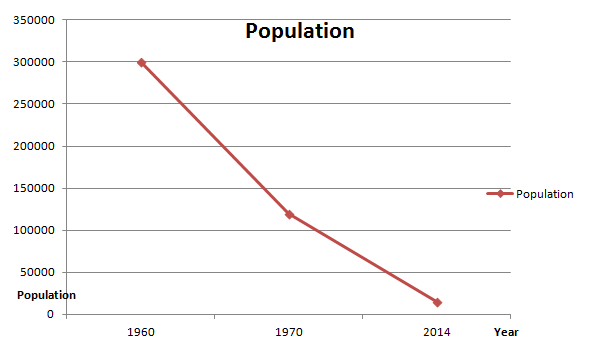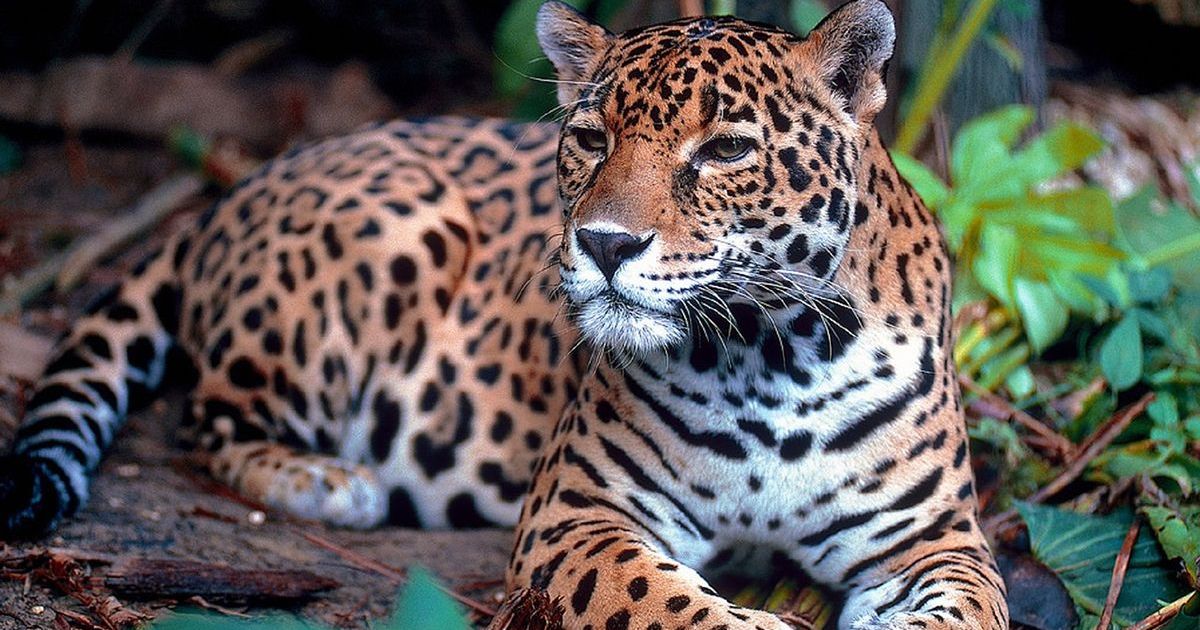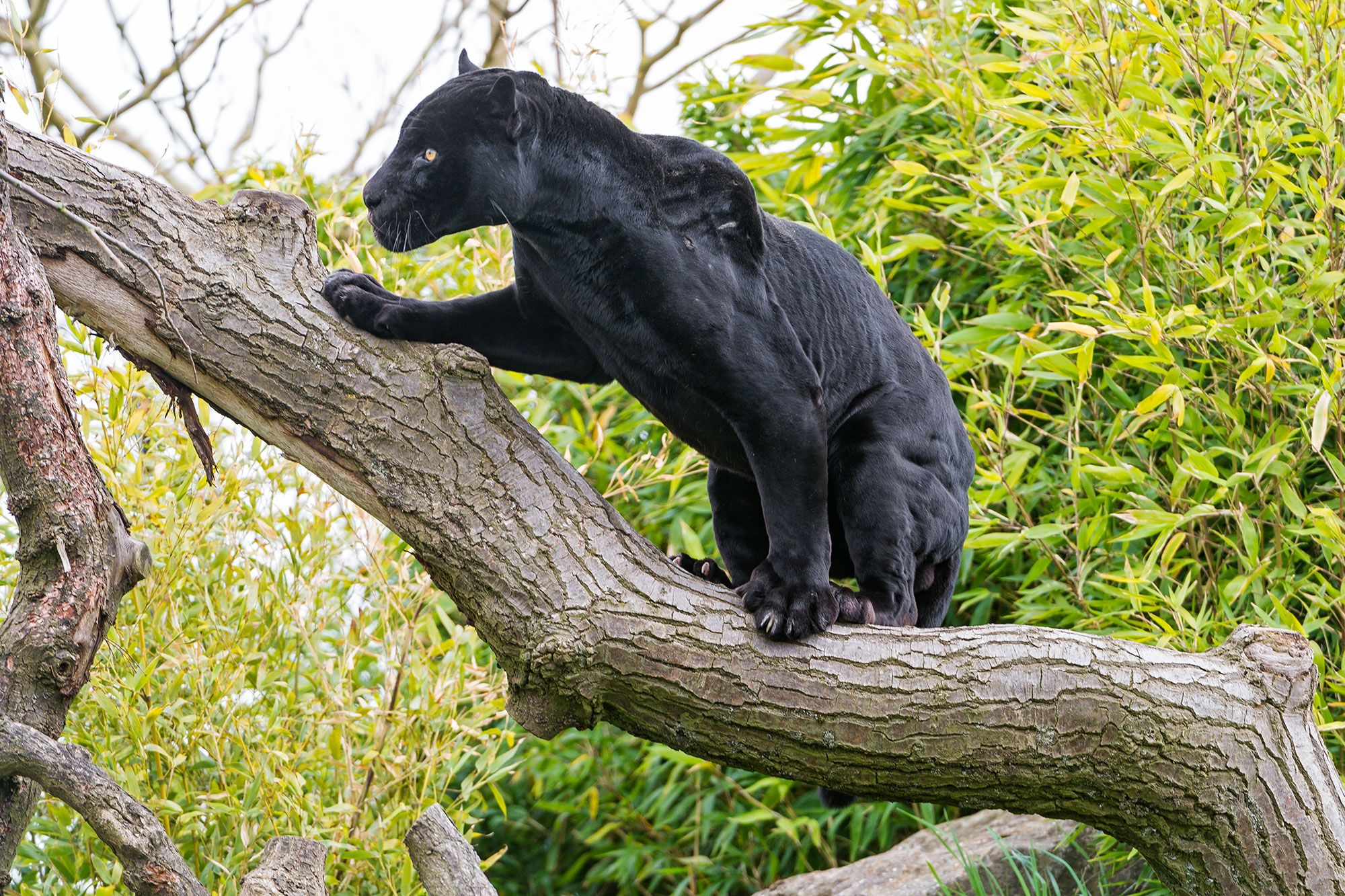STATUS
Near Threatened


Jaguars are strong swimmers and climbers and require large areas of tropical rain forest and stretches of riverbank to survive. Hunting and habitat loss due to deforestation continue to threaten the survival of these marvelous cats. WWF has worked with the government of Brazil to successfully protect large blocks of Amazon forest for the jaguar.
he International Union for the Conservation of Nature (IUCN) indicates a suspected 20-25% decline over the past three generations (21 years) of jaguar, in terms of their range, occurrence, habitat quality, and levels of exploitation. However, assessing jaguar populations is challenging, and current numbers could well be underestimated.
The low and fragmented jaguar population is deeply worrying, but by funding the Jaguars in the Fringe conservation project, we hope to safeguard threatened jaguar population in north western Argentina.
The Yungas of north western Argentina - the jaguar's southernmost enclave - has the potential to act as a source to recolonise other habitats where jaguars once roamed. Although fully protected by law, these jaguars are still threatened by persecution and by the degradation and fragmentation of their forest habitats, but this conservation project seeks to tackle these threats.

STATUS
Near Threatened

SCIENTIFIC NAME
Panthera onca

POPULATION
Aproxx 64,000

LENGTH
Up to 6 feet

WEIGHT
123-212 pounds

HABITAT
RAINFORESTS

Jaguars are the top predators in their environment, so they play an important role in controlling the populations of other species. This helps keep a balance in the food chain, and a healthy environment.
They often live near water and are good swimmers. A jaguar's ultra-strong jaws and teeth can bite through a crocodile skull or turtle shell, but they'll prey on almost anything they come across - including deer, armadillos, monkeys and lizards.
Affected by: Habitat loss and fragmentation , Human wildlife conflict , Illegal wildlife trade
You could once find jaguars all the way from the south-western USA down to the scrublands of central Argentina. Now they're mainly confined to the rainforests of the Amazon basin, and in the nearby Pantanal wetlands - less than half of their historic range. Jaguars often live near lakes, rivers and wetlands, and prefer to avoid open forests and grasslands.
Jaguars Face Growing Threats Deforestation rates are high in South America, both for logging and to clear space for cattle ranching. This results in many new threats to jaguars, from the loss of their home to isolating their populations, making breeding harder. Less habitat also means jaguar's prey is reduced - over a quarter of their range is thought to have depleted numbers of wild prey. This leads them to hunt livestock and be killed by people.




